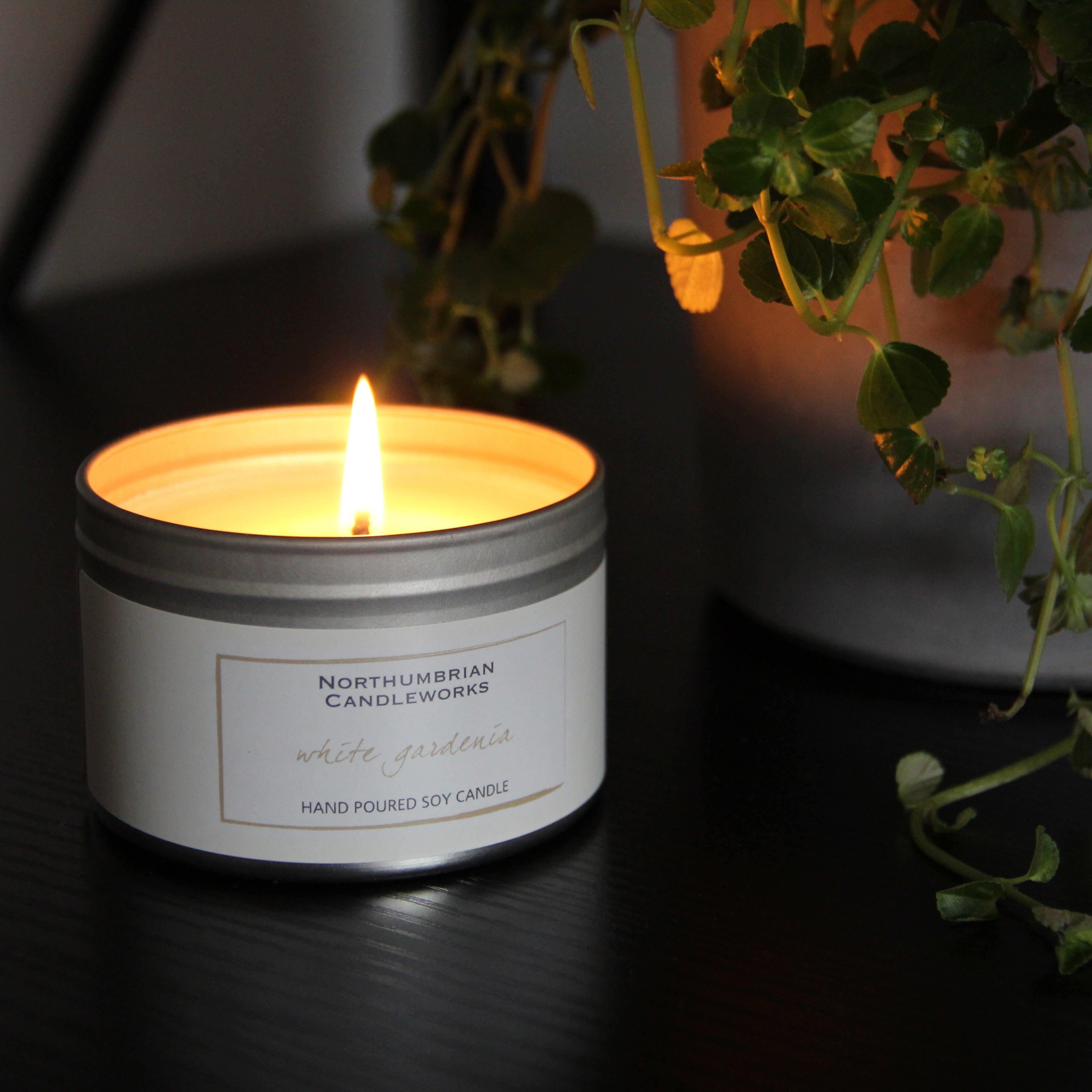Infuse Your Home with the Fragrance of Crystal Soy Candles and Home Fragrance
Infuse Your Home with the Fragrance of Crystal Soy Candles and Home Fragrance
Blog Article
From Wick to Wax: Comprehending the Chemistry Behind Soy Wax Candles and Their Ecological Influence
As we brighten our rooms with the warm radiance of candles, there exists a world of detailed chemistry behind the relatively straightforward act of lighting a soy wax candle light. The choice between soy and paraffin wax prolongs beyond simple visual appeals, diving into the realm of environmental influence and the really make-up of the products. Comprehending the molecular structure of soy wax and its combustion procedure loses light on the exhausts released right into our environments. Join us as we untangle the scientific details behind soy wax candles and discover their effects on our atmosphere.
Soy Wax Vs. Paraffin Wax
When contrasting soy wax and paraffin wax for candle production, it is necessary to recognize the distinctive characteristics and benefits of each product. Soy wax is a natural, renewable energy derived from soybean oil, making it biodegradable and green - candles. On the other hand, paraffin wax is a byproduct of oil refining, which increases issues regarding its environmental influence and sustainability
Soy wax candle lights burn cleaner and emit much less residue compared to paraffin wax candles, making them a much healthier option for interior air high quality. Furthermore, soy wax has a lower melting factor, enabling for a longer-lasting candle light that spreads fragrance more effectively. Paraffin wax, on the other hand, has a tendency to melt faster and much less cleanly, potentially releasing damaging chemicals into the air.
From a sustainability point of view, soy wax is preferred for its biodegradability and eco-friendly sourcing, aligning with the expanding consumer preference for eco conscious items. While paraffin wax has been a traditional choice in candle light making due to its price and simplicity of usage, the shift in the direction of environmentally friendly options like soy wax is getting momentum in the industry.
Chemical Composition of Soy Wax

Combustion Refine in Soy Candles
The chemical make-up of soy wax straight influences the combustion process in soy candle lights, impacting variables such as melt time, aroma launch, and ecological influence. When a more information soy candle is lit, the warm from the fire thaws the wax near the wick.
The combustion effectiveness useful reference of soy candles is influenced by the purity of the soy wax and the high quality of the wick. Furthermore, soy wax candle lights have a reduced environmental effect contrasted to paraffin candles due to their sustainable and biodegradable nature.

Ecological Advantages of Soy Wax

Taken into consideration a lasting option to conventional paraffin wax, soy wax supplies remarkable environmental advantages that make it a preferred option among eco-conscious customers. One considerable advantage of soy wax is its renewable sourcing. Soy wax is originated from soybean oil, which is predominantly cultivated in the United States. The farming of soybeans helps sustain regional farmers and lowers the dependence on non-renewable fossil fuels utilized in paraffin wax manufacturing. Additionally, soy wax is naturally degradable, meaning it breaks down naturally without releasing damaging toxins right into the environment. This particular makes soy wax candle lights a more eco-friendly option contrasted to paraffin wax candles, which are made from petroleum, a non-renewable source. Furthermore, soy wax burns cleaner and creates much less soot than paraffin wax, adding to better interior air top quality and reducing the demand for cleansing and maintenance. On the whole, the ecological advantages of soy wax line up with the expanding need for lasting and environmentally friendly items out there.
Recycling and Disposal Factors To Consider
Recycling and appropriate disposal of soy wax candle lights play a crucial function in keeping environmental sustainability and reducing waste in homes and communities. When it pertains to reusing soy wax candle lights, the initial step is to click for source ensure that the candle light has burned completely. This can be accomplished by permitting the candle light to burn till the wick is no more usable, and afterwards letting the continuing to be wax cool and strengthen. As soon as the wax has actually strengthened, it can be carefully gotten rid of from the container.

In regards to disposal, if recycling is not a choice, soy wax candles are eco-friendly and can be safely taken care of in a lot of family waste systems. Nonetheless, it is always advised to contact neighborhood recycling centers or waste monitoring solutions for particular guidelines on candle disposal to make sure appropriate handling and environmental management.
Final Thought
In verdict, the chemistry behind soy wax candles discloses their environmental advantages over paraffin wax candles. Soy wax, derived from soybean oil, burns cleaner and creates much less soot when contrasted to paraffin wax.
When contrasting soy wax and paraffin wax for candle making, it is necessary to recognize the distinctive characteristics and advantages of each material (crystal soy candles).Soy wax candles melt cleaner and send out much less residue compared to paraffin wax candles, making them a healthier selection for indoor air quality.Taken into consideration a lasting option to traditional paraffin wax, soy wax uses remarkable environmental advantages that make it a popular selection amongst eco-conscious consumers. Soy wax burns cleaner and creates less soot than paraffin wax, contributing to better indoor air top quality and decreasing the requirement for cleansing and upkeep.In final thought, the chemistry behind soy wax candles discloses their ecological benefits over paraffin wax candle lights
Report this page